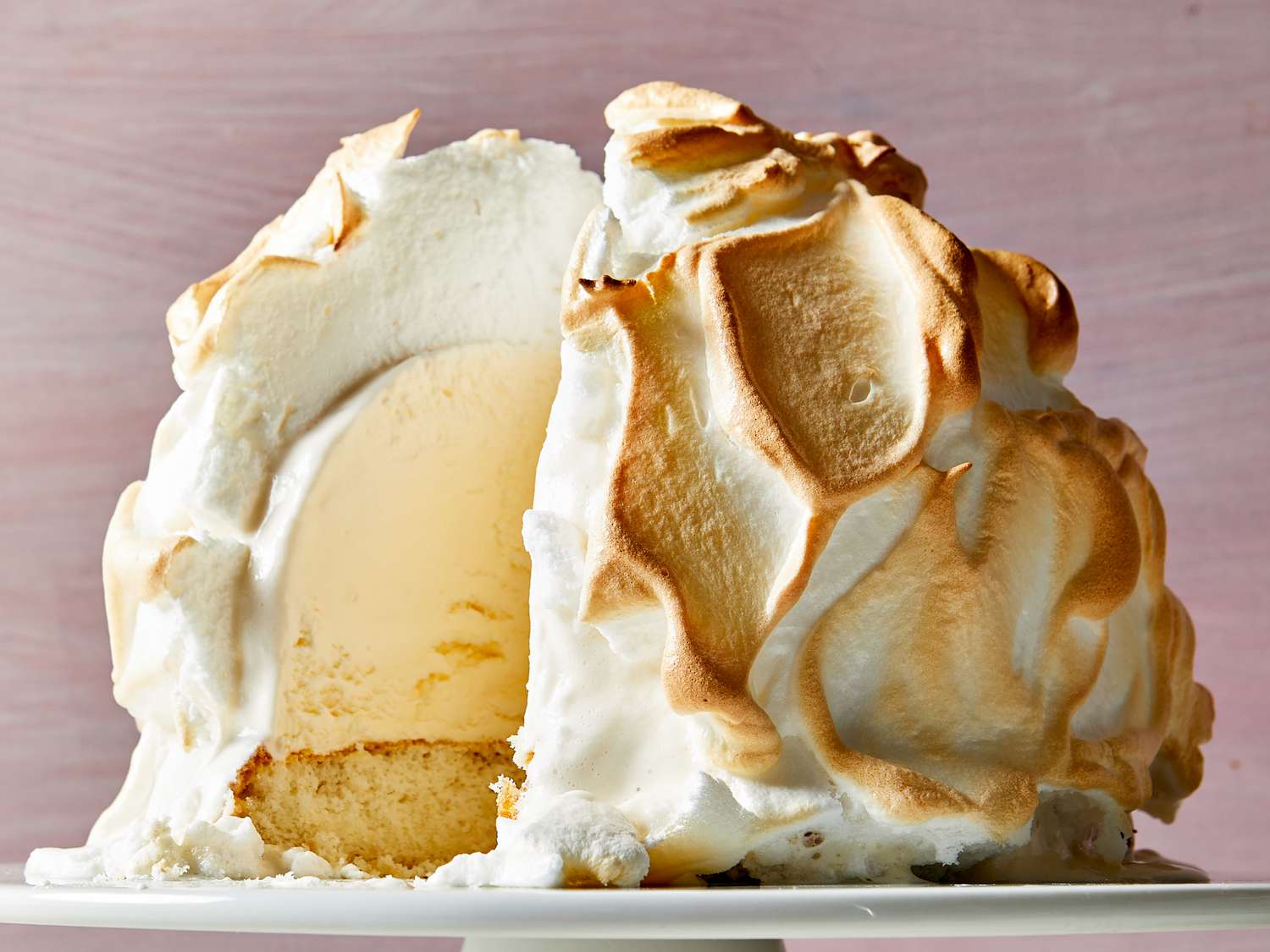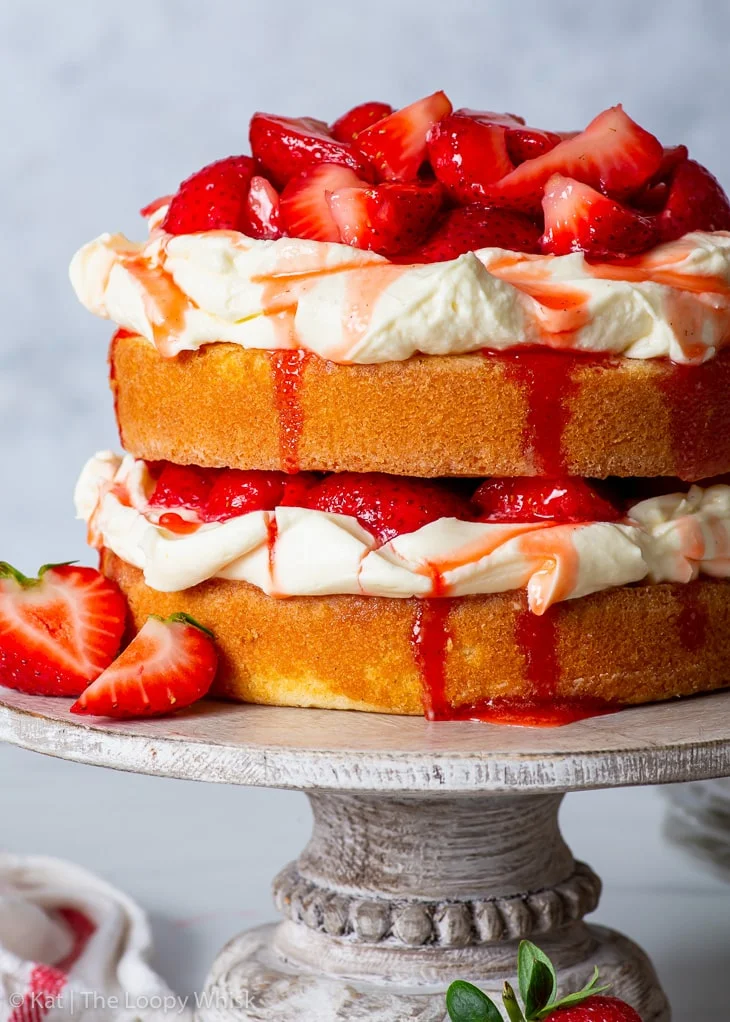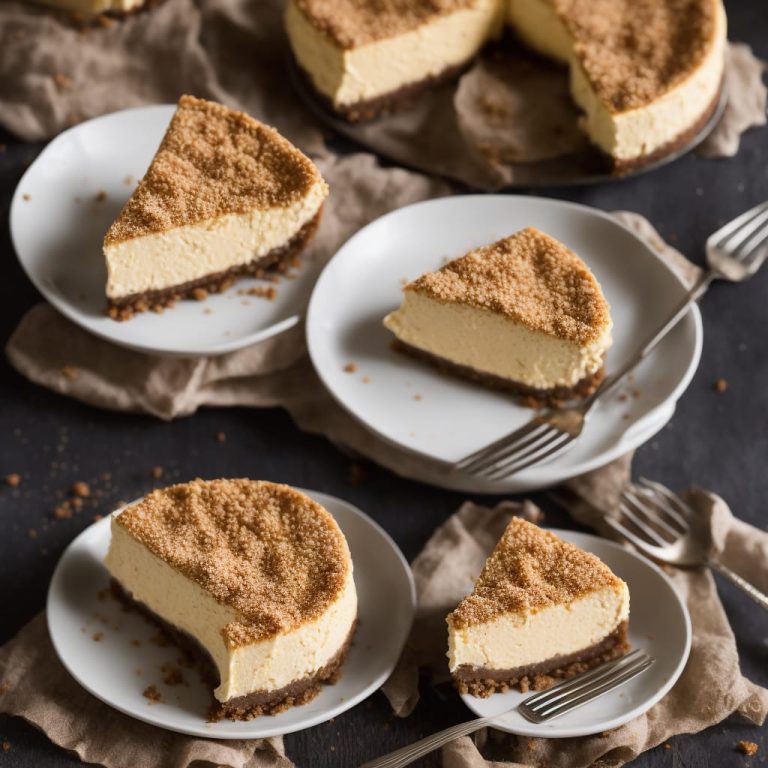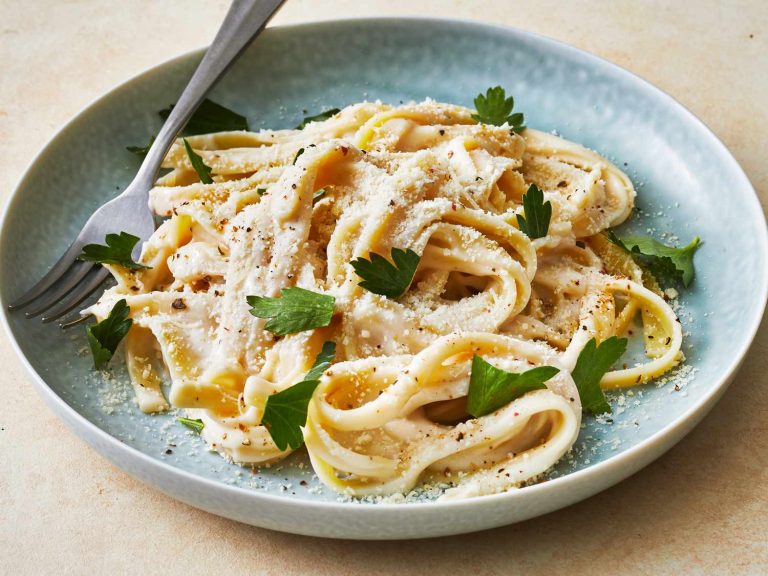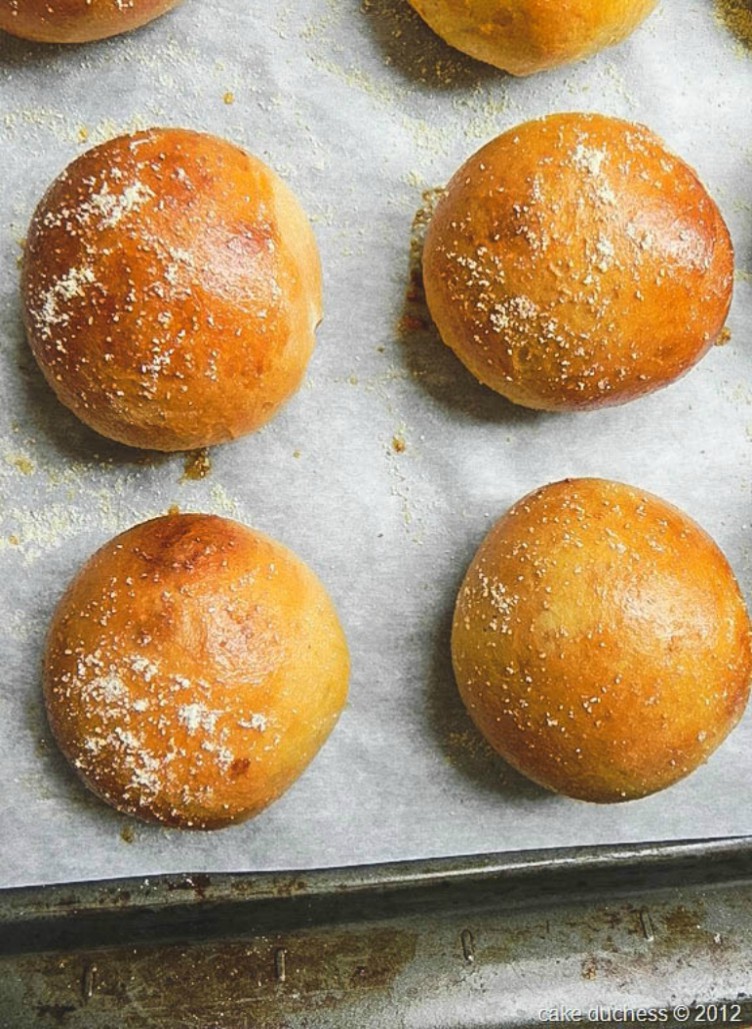Baked Alaska Dessert Recipe
Baked Alaska’s origins can be traced back to the early 19th century. French chef Charles Ranhofer at Delmonico’s restaurant in New York is often credited with popularizing the dessert in the 1860s. Initially, it combined various flavors and ingredients showcasing the culinary expertise of the time. This dessert evolved through the addition of sponge cake layers and the now-standard meringue coating. The meringue, insulating the ice cream, prevents it from melting during baking. Over the years, variations have emerged, yet the core concept remains a juxtaposition of hot and cold elements.
Famous Historical Mentions
The 1867 World’s Fair in Paris gave Baked Alaska significant recognition when it was showcased as an innovative dessert. Thomas Jefferson is rumored to have served an early version at a White House dinner, cementing its status among American elites. In the 20th century, Baked Alaska appeared frequently on cruise liners’ menus, symbolizing luxury and culinary prowess. This dessert has maintained its appeal in fine dining establishments, continually impressing guests with its dramatic presentation and delightful contrast of textures and temperatures.
How Baked Alaska Is Made
Key Ingredients
Creating Baked Alaska requires a few essential ingredients. Ensure you have:
- Ice Cream: Choose a flavor that complements your cake and meringue.
- Sponge Cake: This serves as the base, providing stability and structure.
- Meringue: Made from egg whites and sugar, it insulates the ice cream during baking.
- Liquor (optional): Adds flavor and can enhance the flambé effect.
- Bake the Sponge Cake:
- Preheat your oven to 350°F (175°C).
- Prepare a sponge cake using a standard recipe, then allow it to cool completely.
- Shape the Ice Cream:
- Mold the ice cream into a dome shape, using a bowl lined with plastic wrap.
- Freeze the ice cream dome until it’s solid, usually 3-4 hours.
- Assemble the Base:
- Place the sponge cake on a baking sheet.
- Unmold the ice cream dome and position it on top of the sponge cake.
- Prepare the Meringue:
- Whisk egg whites until soft peaks form.
- Gradually add sugar, continuing to whisk until stiff peaks form.
- Coat with Meringue:
- Spread the meringue over the ice cream and sponge cake, sealing all edges.
- Use a spatula to create decorative peaks and swirls.
- Bake and Serve:
- Bake in a preheated oven at 500°F (260°C) for 3-5 minutes, until the meringue is golden brown.
- Optionally, flambé the Baked Alaska at the table for a dramatic presentation.
Using these steps ensures a stunning Baked Alaska, marrying warm meringue with cold ice cream on a stable cake base.
Variations of Baked Alaska
Popular Flavor Combinations
Experiment with diverse flavor combinations to create unique versions of Baked Alaska. Classic flavors like vanilla ice cream paired with chocolate sponge cake never go out of style. For a fruity twist, try strawberry or raspberry ice cream with a lemon or almond cake base. Chocolate lovers often enjoy chocolate ice cream layered over a rich coffee cake, adding a mocha meringue for additional depth. Tropical flavors like coconut ice cream on pineapple sponge create an exotic treat. Highlight these combinations to personalize the dessert and elevate your culinary presentations.
Vegan and Gluten-Free Options
Baked Alaska can accommodate dietary restrictions without sacrificing taste. For a vegan version, use non-dairy ice cream options like almond milk, coconut milk, or soy-based products. Replace traditional sponge cake with gluten-free flour alternatives like almond or coconut flour, and ensure the meringue uses aquafaba instead of egg whites. Combining these elements can create a delicious vegan and gluten-free Baked Alaska, making it accessible to a broader audience while keeping the same luxurious feel and captivating presentation.
Serving and Presentation Tips
Best Practices for Serving
Serve Baked Alaska immediately after preparing to ensure the ice cream maintains its frozen consistency while the meringue remains crisp. Use a sharp, warm knife to slice through the layers without damaging the delicate structure. Run the knife under hot water between slices for clean cuts. Pair slices with complementary sauces like raspberry coulis or chocolate ganache for a flavor boost. Garnish with fresh berries or mint leaves to enhance both the visual appeal and taste.
Creative Presentation Ideas
Showcase your Baked Alaska in a dramatic fashion by flambéing it at the table. Pour a small amount of warm liquor, such as brandy, over the meringue and ignite it safely to create a captivating fire display. For individual servings, create mini Baked Alaskas using silicone molds. Offer varied flavors in a single platter by using different ice cream and cake combinations for each mini dessert. Utilize edible gold leaf, chocolate shavings, or fruit slices to adorn your Baked Alaska, adding luxury and texture to the presentation. Ensure every element chosen complements the overall flavor profile for a cohesive and stunning dessert.
Conclusion
Baked Alaska stands as a testament to culinary artistry and historical elegance. Its rich legacy and intricate preparation make it a showstopper at any gathering. By mastering this dessert, you not only honor a piece of gastronomic history but also create memorable dining experiences. Whether you choose to flambé it tableside or present it with creative garnishes, Baked Alaska is sure to impress. So go ahead and experiment with flavors and presentations to make this classic dessert your own. Happy baking!
